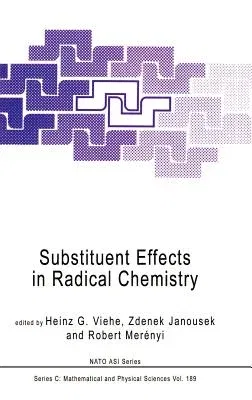Substituent Effects in Radical Chemistry (1986)Hardcover - 1986, 30 September 1986

Qty
1
Turbo
Ships in 2 - 3 days
In Stock
Free Delivery
Cash on Delivery
15 Days
Free Returns
Secure Checkout

Part of Series
NATO Science Series C:
Part of Series
NATO Science Series: U
Part of Series
NATO Science Series U
Part of Series
NATO Science Series C: (Closed)
Print Length
482 pages
Language
English
Publisher
Springer
Date Published
30 Sep 1986
ISBN-10
9027723400
ISBN-13
9789027723406
Description
Product Details
Book Edition:
1986
Book Format:
Hardcover
Country of Origin:
US
Date Published:
30 September 1986
Dimensions:
23.39 x
15.6 x
2.69 cm
ISBN-10:
9027723400
ISBN-13:
9789027723406
Language:
English
Location:
Dordrecht
Pages:
482
Publisher:
Series:
Weight:
870.9 gm